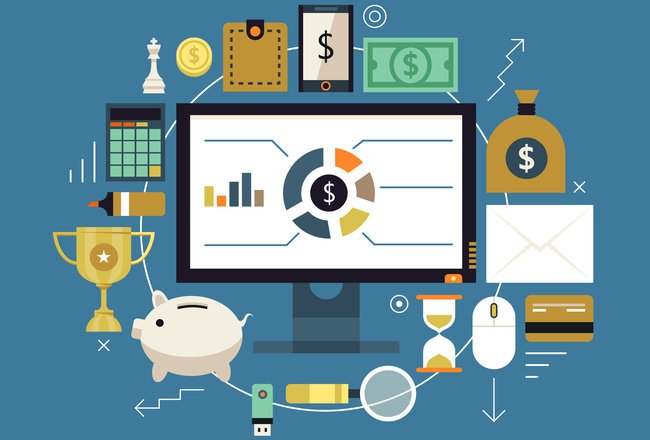
Today, data science is a hot topic because of the immense number of data that is being generated. Banks can benefit from applying data science technologies like AI, NLP, and machine learning algorithms in several fields, including fraud detection, risk management, consumer sentiment analysis, and tailored marketing. Like never before, data science is upending the banking industry.
The list below includes the banking industry’s most powerful data science applications:
-
Detecting and Preventing Frauds
Data science heavily depends on the collection, analysis, and forecasting of fraudulent activity in customer databases. It was impossible to analyze customer records to provide reliable data before developing data science and big data. Natural language processing (NLP), machine learning, and artificial intelligence (AI) can help banks fight fraud. Data scientists could help to increase customer security. It could be done by keeping track of and examining consumers’ financial activities to find any questionable or detrimental activity. For instance, data models are developed to assess credit card frauds and separate legitimate from fraudulent transactions using factors like purchase amount, location, merchant, time, and other factors.
2. Risk Management
As new dangers surface, risk management in banks has undergone significant transformation in the past ten years. Following the global financial crisis, rules have also become more stringent. New risk management approaches are being made possible by embracing data science. Large amounts of data can be analyzed to find complicated, nonlinear patterns using machine learning techniques, which can aid in the development of more precise models. These data models also continuously enhance their predicting abilities by self-learning with all new data and patterns.
3. Managing customer data
Banks are required to gather, process, and store enormous volumes of data. However, instead of merely seeing this as a compliance exercise, machine learning and data science tools can turn this into an opportunity to learn more about their clientele to create new revenue prospects.
The use of digital banking is growing in popularity today. Terabytes of client data are produced; as a result, therefore the data scientists’ team’s first task is to separate the actual pertinent data. They will have information about consumer behaviors, interactions, and preferences. After that, data professionals can assist banks in unlocking new income potential by isolating and processing only the most pertinent client data to enhance corporate decision-making.
4. Prediction of Customer Lifetime Value
Banks employ many predictive analytic techniques to predict the potential future income generated from each client. This enables banks to divide their clientele into various groups based on what they anticipate their future worth to be. If those customers with high future values can be recognized, the business will be able to maintain close relationships with them. It can be done by giving them more attention and resources, such as through better customer service, pricing, offers, and discounts, among other things. The most often employed data science techniques for this purpose are Classification and Regression Tree (CART), Stepwise Regression, and Generalized Linear Models (GLM).
5 .Customer Segmentation
Banks use customer segmentation to classify their customers based on their behavior and shared traits so that they may be addressed accordingly.
In this case, identifying new customers and segmenting them based on their shared behaviors are largely made possible by machine learning techniques like classification and clustering. K-means is a common method for clustering related data points and is a well-liked clustering approach. You can learn more about K-mean clustering in a data science course.
6. Marketing & Sales
Customizing an offer to a certain customer’s needs and preferences is the secret to marketing success. By separating the data into sets based on demographics, location, and history, data science in banking can assist in developing a customized window for each consumer. These datasets give more detailed information about how customers react to an offer or campaign. Banks can therefore communicate with clients in a customized way. Thanks to machine learning, strong recommendation engines can upsell and cross-sell for banks.
Conclusion
In order to achieve a competitive edge, banks must recognize the critical role of data science, incorporate it into their decision-making, and create plans based on the useful information gleaned from their clients’ data. Incorporate Big Data analytics into your operating models in short, attainable steps to get a jump start on the competition.
If you’re from a finance or banking background and wish for a career change, data science is the best option. Learnbay offers the most comprehensive data science course in Canada for working professionals. With this premium training, you’ll become an IBM-certified data scientist within a few months.


